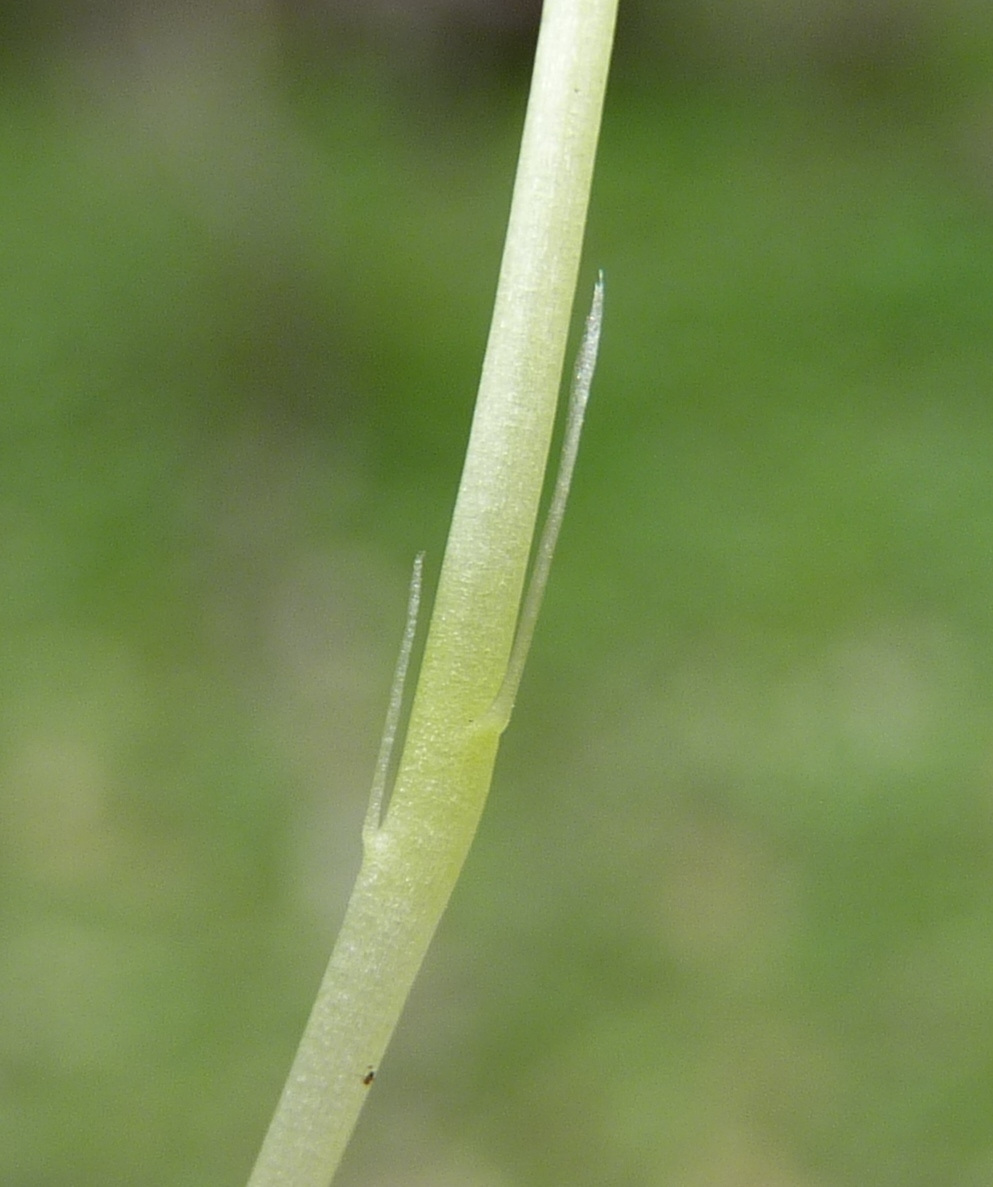Pauridia
Tufted cormous perennial herbs, sometimes rhizomatous. Leaves basal, narrow-lanceolate, linear, angular to terete, ± glabrous, basal sheath membranous or papery. Flowers bisexual, solitary or paired, sometimes in cymose racemes or panicles. Sepals and petals subequal, each 2 or 3, free or united basally; stamens as many as perianth lobes, rarely 3, usually in 2 whorls, sometimes fused basally, anthers ± basifixed; ovary 1–3-locular, ovoid, sometimes beaked, style short, filiform or stout, stigma usually tri-fid. Fruit a capsule, dehiscing by a transverse rupture near apex, rarely indehiscent; seeds sub-globose, rostrate, shiny or dull, black to brown.
About 33 species, principally in South Africa; 4 (all endemic) in Australia, 2 in Victoria.
The South African genus Spiloxene Salisb. is sometimes included in Hypoxis section Ianthe (Baker) Benth. & J.D.Hook. based on similarities in their morphology. Phylogenetic studies have shown that Hypoxis sect. Ianthe is closely related to Spiloxene, and that these two taxa together with the southern African genera Pauridia and Saniellia Hilliard & Burtt form a monophyletic group. These taxa are now all included in a single genus Pauridia, which is the earliest name. Consequently, Hypoxis only consists of taxa previously included in Hypoxis section Hypoxis.
 Spinning
Spinning


